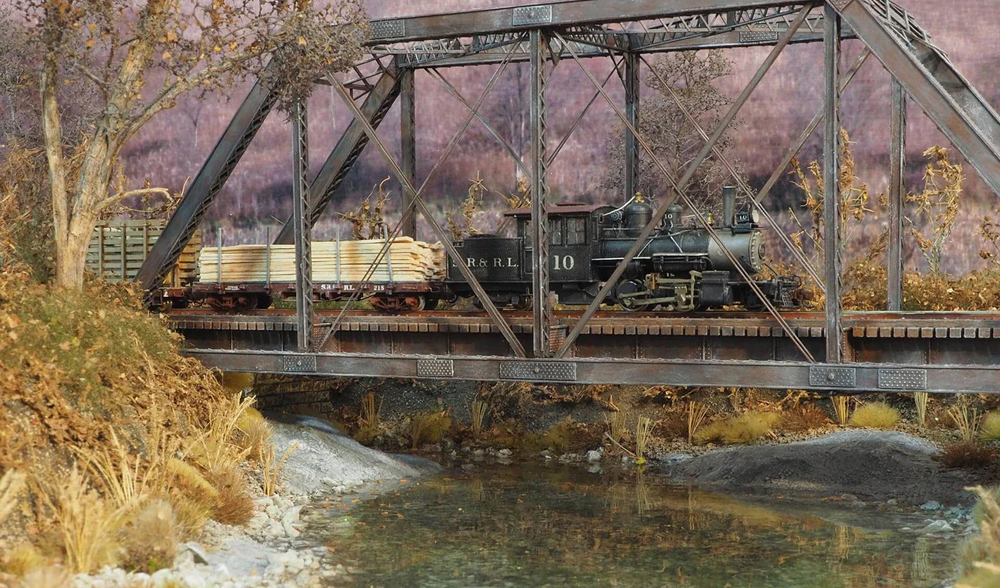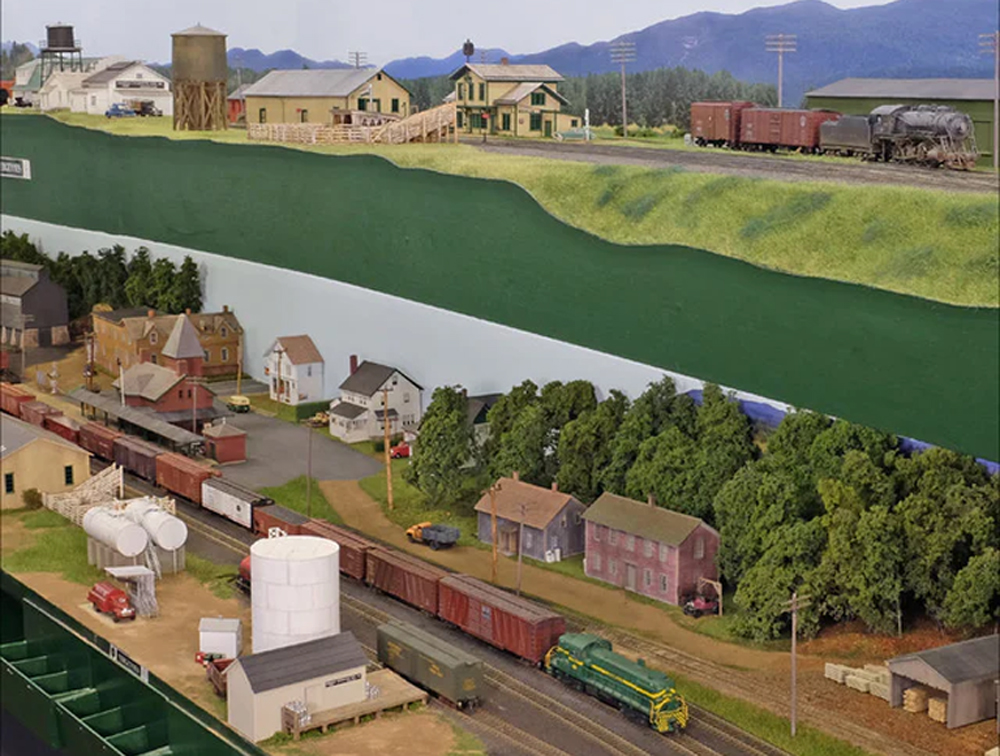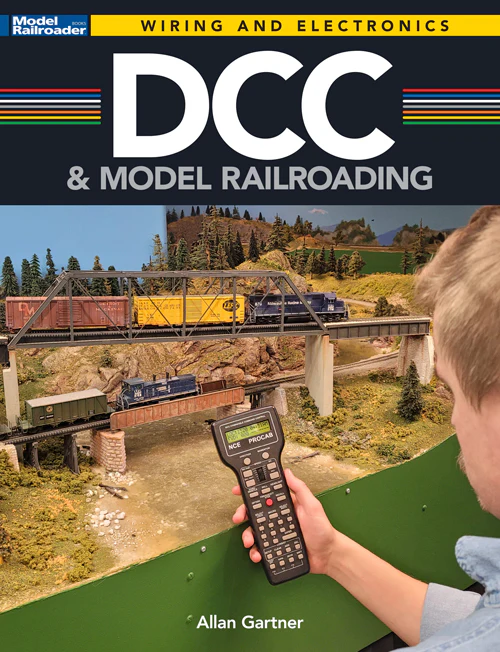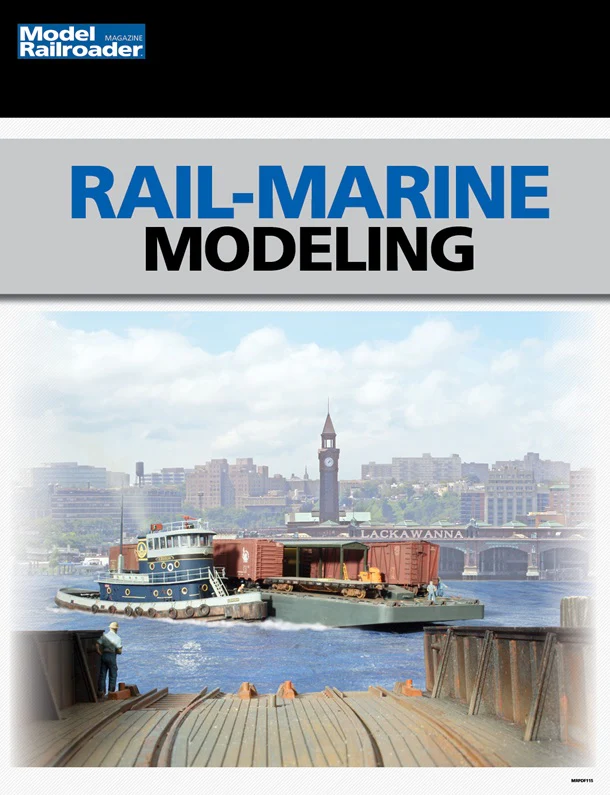Five ways to make your plants thrive
Whatever the emphasis you put on the garden part of your railroad, wouldn’t you like knowing the results of your work will be worth the effort? Understanding a few basics about plant needs and soil conditions is a good starting place toward achieving the results you want.
1. Start with a clean slate
It saves headaches later to make sure the garden site is clean of weeds before planting. The fastest way to achieve this is with a herbicide. Roundup (glyphosate) is the least toxic product and will kill all green plants on which it is sprayed. After the first application, wait a week and spot treat any weeds that are still green. Another technique, which avoids herbicide, is to cover the area with black plastic sheeting and let it sit for a full summer season. The heat generated under the plastic will kill the weeds as well as any weed seeds that are in the top inch or two of soil. (Herbicides won’t do the latter.) A third way is to till or hoe the area and wait two weeks. When roots start to re-sprout and any seeds start growing, till or hoe again. You may have to repeat this a third time, but it shortens the preparation time without resorting to herbicides.
2. Get the right soil
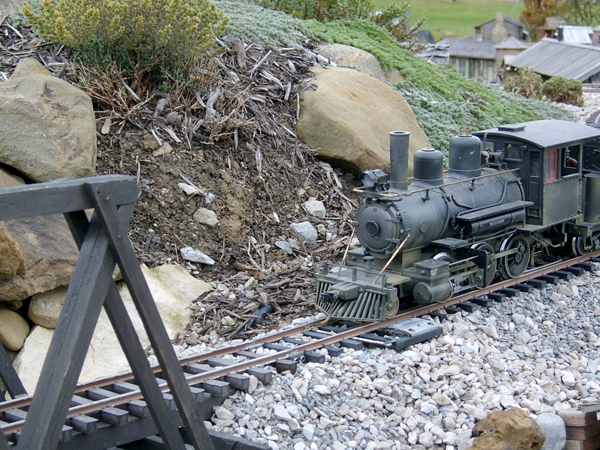
It has been said that 80% of a garden’s success is having the right soil. If you have clay soil, as I do, it’s good for about just one thing: cuts or embankments, as clay will hold its shape well (photo 1). On the other hand, plants need more than clay. Having a balance of clay, silt, and sand, with adequate organic matter, will go a long way toward producing healthy plants and a successful garden. This balanced soil drains well while still holding moisture, and its organic matter makes the right kind of environment for beneficial micro-organisms to flourish and speed nutrients to plant roots.
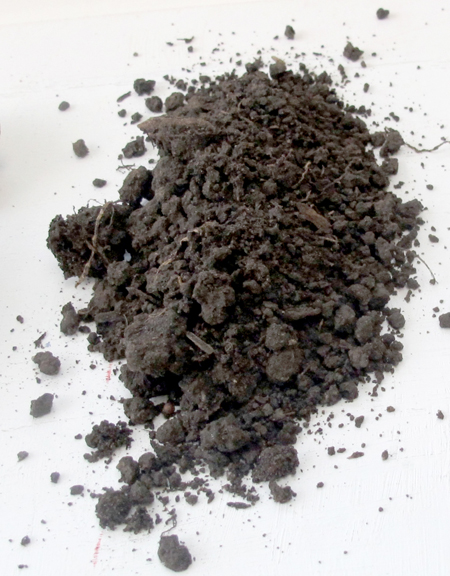
A healthy soil is alive and self sustaining and plants will reward you with luxuriant growth if you get it right. Photo 2 illustrates such a soil—an organic-rich, loose loam that is worth striving for.
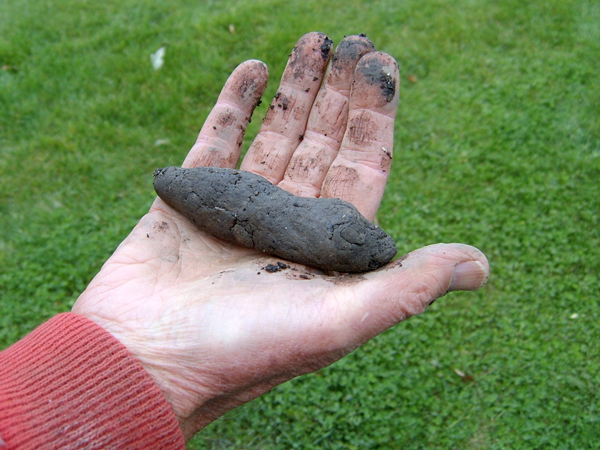
Ideally, you should have 4″ of good topsoil on top of any fill dirt or native clay or sandy soil you may start with. A quick test for good garden soil is the squeeze test. Take a handful of moist (not wet or dry) soil and squeeze it to form a ball in your hand. If it feels sticky or holds its shape and resists crumbling, it has too much clay (photo 3); if it falls apart immediately, it has too much sand; if it holds its form but crumbles easily, it is loamy and good (photo 4).
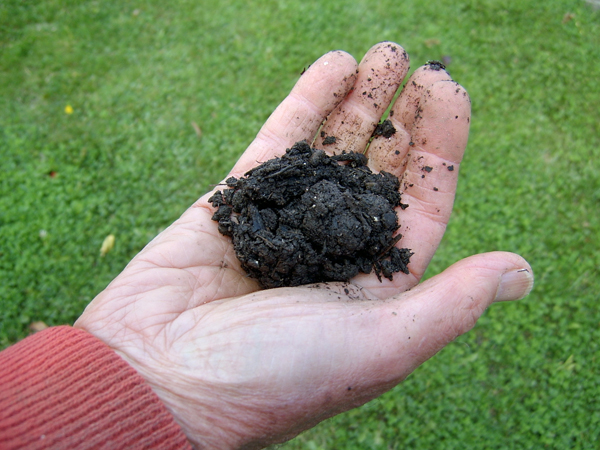
If it is dark in color, it likely has good organic content. Before you put in plants that have special soil needs (e.g. conifers and small rhododendrons that prefer acidic soil), it would be good to do a pH test on your soil to determine if additives are needed to create the best conditions. Simple pH-testing kits are available from most garden-center stores.
3. Additives to improve the soil
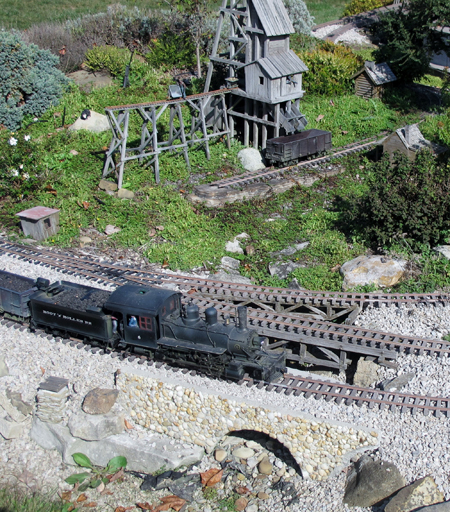
Don Parker photo
To get needed organic matter into your basic topsoil, consider adding composted leaves (often available free from municipal services), composted garden and kitchen scraps (if home-made, use no meat or bones), or commercial sphagnum peat moss (photo 5). To get ideal results, according to garden guru Tracy DiSabato-Aust, till into your basic topsoil 2″ of composted leaves, 2″ of sphagnum peat moss, and a phosphorus-rich fertilizer to produce a planting-bed soil that looks like “chocolate pudding.” To replicate her recommended fertilizer, you can use a mix of two pounds of 5-10-5 commercial fertilizer and one pound of Triple Phosphate for each 100 square feet of planting bed. (One pound equals approximately two cups.) I prefer organic-sourced fertilizers using this formula: one pound Plantone (5-3-3 organic fertilizer) plus one pound bone meal plus two pounds green sand for each 100 square feet of bed.
If you want to lower the pH of the soil (to make it more acidic) use only sphagnum peat moss and substitute cottonseed meal in place of Plantone. If you need to raise the pH (to make the soil less acidic) add limestone (or dolomite), about one-third cup per square foot. Limestone must be well incorporated into the soil with a tiller or spade, and delay planting several months to allow the soil to become balanced.
Most perennial plants do not need any additional fertilizer once they are established. However, it is helpful to place about 1″ of bark mulch around each plant every other year to maintain the needed soil organic matter. This can’t be done easily with groundcovers, so they are pretty much on their own and they typically do fine with that. The payoff, when the soil is right and plants flourish, is that weeds are easier to manage. Loose soil makes it easier to pull or dig them.
4. Handle water problems
Good, loose soil allows water to percolate down to the roots and through the ground. If there is a slope to the area, the water will move downhill in the soil to natural drainage channels. When the slope is too steep and the soil can’t absorb heavy rain quickly enough, erosion occurs. Prevent this by providing dry riverbeds in the railroad landscape to carry off excess water (photo 5). Problem areas that have ponding of water after rains could be corrected by digging an underground drainage channel (French drain) that would divert the water from these areas to a lower storm-water collection area.
Where rains are scarce and when times of summer drought occur, making provision for adequate water for plants should be considered in the planning stages. I find drip irrigation the most reliable and easiest watering system to use (see “Miniscaping” in the December 2006 GR). Overhead sprinkling can also be used, but tends to water some plants too much and others not enough.
5. Take advantage of microclimates
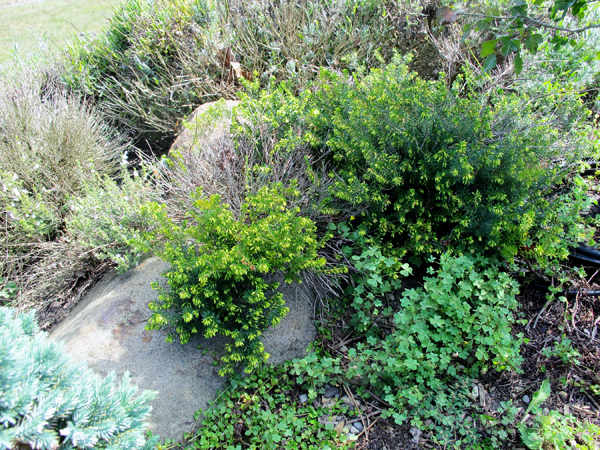
In planning your landscape or assessing the hardscape you have, consider areas that will offer special growing conditions. Larger rocks have a sunny, warm side and a shady, cooler side (photo 6). Terraces or raised beds produce areas at the top with better drainage and quicker drying and warm-up in the spring (photo 7). Lower areas that collect more moisture and drain more slowly are ideal for plants that enjoy a constantly moist soil (photo 8). In the early planning stage, think about conditions that favor the plants you want (sun, shade, wet, dry) and develop those areas in your garden. Plants can grow in less-than-ideal conditions if provided with extra drainage, or more water, to meet their needs. Make note of areas of predominant sun or shade when the time comes for plant selection.
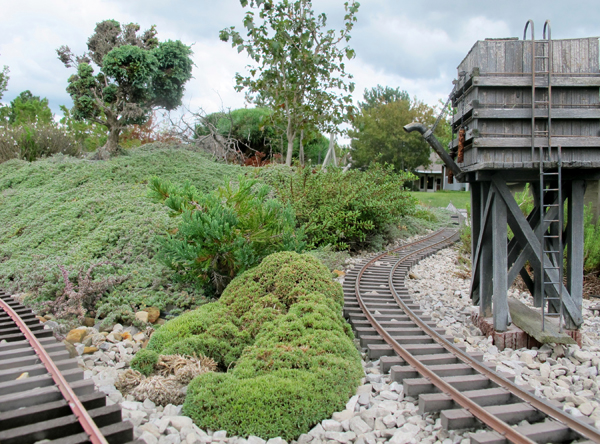
A water feature becomes a microclimate for plants that like to be in water or next to water. An area of the railroad landscape that is often problematically wet may be a perfect place for a pond. Take advantage of the lay of the land and then adapt the trackplan to accommodate the water feature.
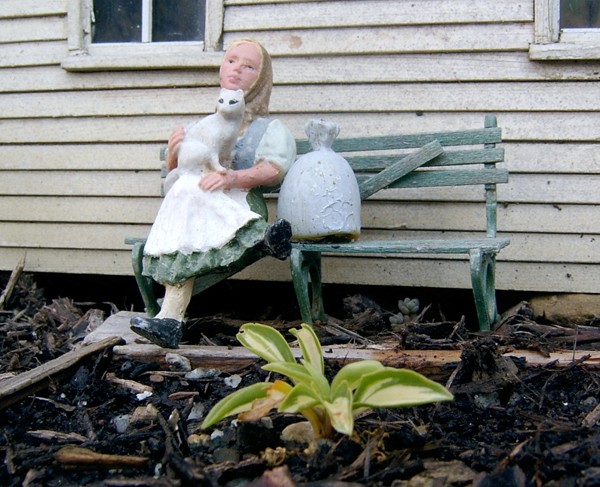
Further reading
Mulch in the garden railroad, August 2017
Revisiting drip irrigation, December 2006
Understanding microclimates, June 2005
Understanding your garden’s soil, April 2010







